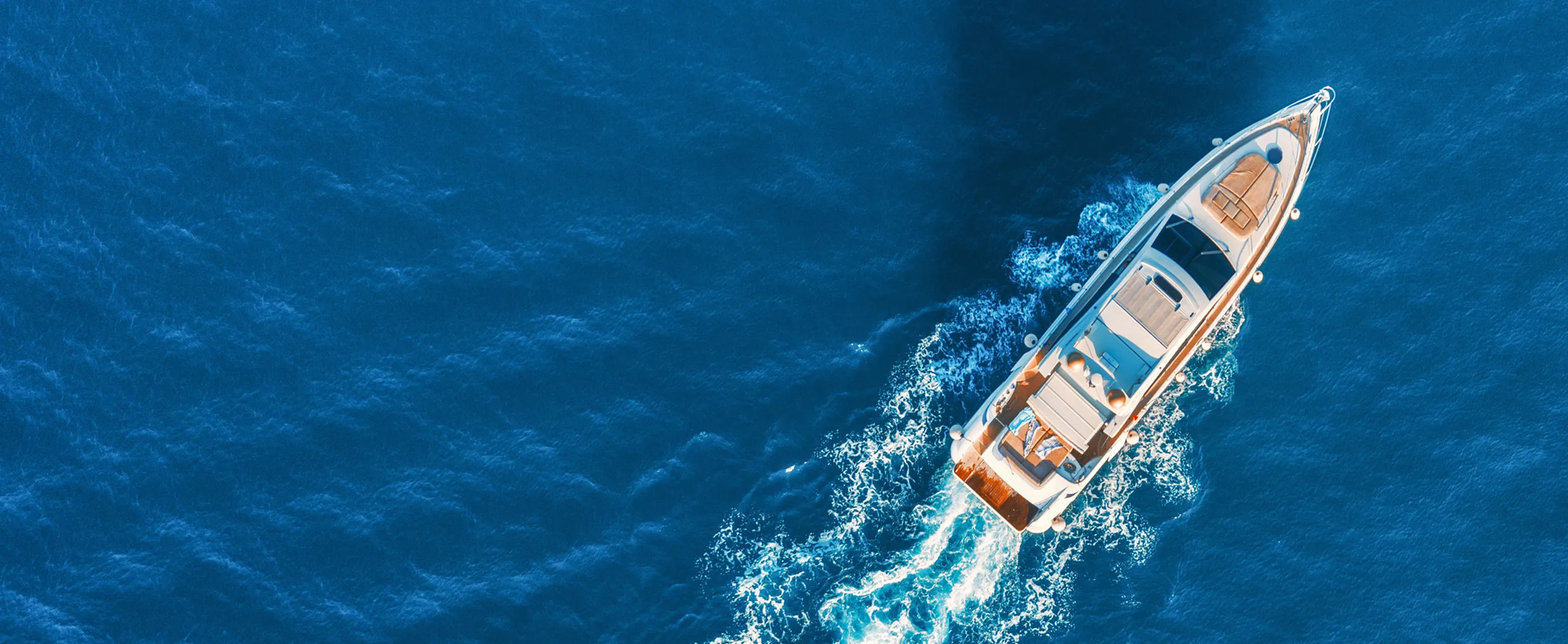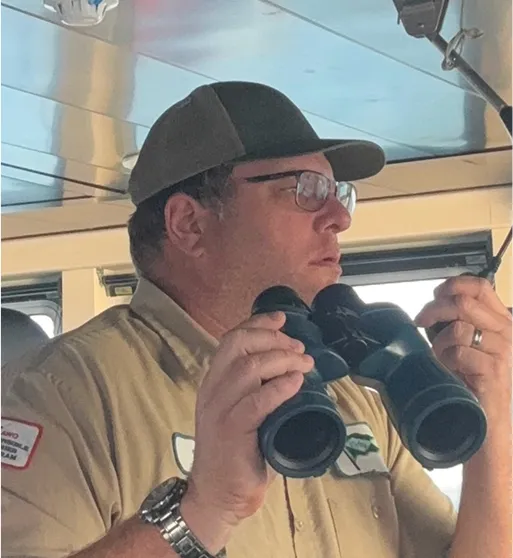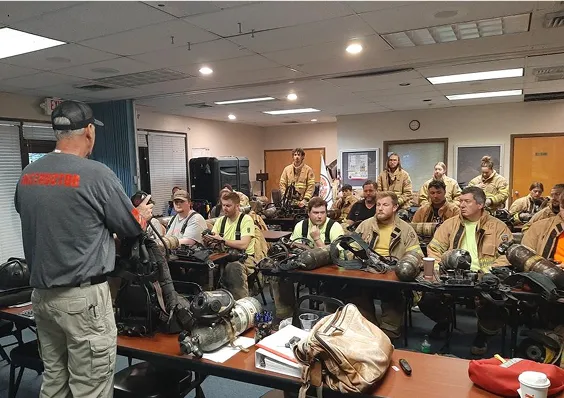USCG Approved Tank Barge-PIC (Person In Charge) Course
Explore Sea Schools Tank Barge-PIC Courses and take the next step toward earning your Tank Barge-PIC endorsement. The course is taught at one of our Brick and Mortar locations and takes four (4) days to complete.
.webp)
Sea School’s Tank Barge Dangerous Liquids (DL) course is designed to satisfy the training requirements of 46 CFR 13.309 for an endorsement as Tank Barge-PIC.
This course provides essential training for mariners with immediate responsibility for:
- Loading, discharging, and carriage of dangerous liquid cargoes in bulk
- Cargo handling procedures
- Pollution prevention and spill response
- Oil tanker safety and fire safety measures
- Legal obligations and environmental regulations
This course also satisfies the training requirements of 46 CFR 10.227(d)(8) for renewing a Merchant Mariner Credential (MMC) endorsed as Tankerman PIC (Barge) Dangerous Liquids
Locations
Heading
Train from Anywhere with Sea School Courses – Learn at Your Own Pace
Train on your schedule with Sea School’s self-paced online courses. Designed for flexibility and convenience, our online programs allow you to complete key certifications and knowledge-based training from anywhere, at any time.
Upcoming Zoom Trainings
Join our courses from anywhere with our convenient Zoom sessions. Choose the dates that work best for your schedule and start your journey toward earning your next license or endorsement - without ever leaving home.
This Course Has Other Options for Learning
The Right Course for Every Seafarer
.webp)
What Our Clients Say
Why Thousands of Mariners Choose Sea School?
Each year, over 7,500 students choose Sea School for their maritime training. We offer 30+ USCG-approved courses across in-person, online, and satellite formats, with training available at 6 locations nationwide. Team training is also available on-site or via satellite to meet company needs.

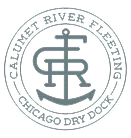
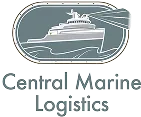


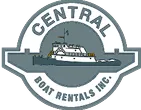

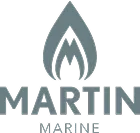








We’ve developed comprehensive, engaging, and practical curriculum to set you up for success on the water
While the curriculum represented on the Sea School website is a general layout of course information, it is not the exact order in which lessons are taught.
- Introduction
- Bulk Liquids Defined as Dangerous Liquids
- Introduction
- Bulk Liquids Defined as Dangerous Liquids
- Principles of Containment Systems
- General Arrangement of Cargo Tanks
- Venting & Vapor-Control Systems
- Principles of Containment Systems
- General Arrangement of Cargo Tanks
- Venting & Vapor-Control Systems
- Piping Systems, Valves, Pumps & Expansion
- Operating Characteristics
- Piping Systems, Valves, Pumps & Expansion
- Operating Characteristics
- Cargo-Level Indicators
- Cargo-Level Indicators
- Ventilation, Inerting
- Valves
- Ventilation, Inerting
- Valves
- Lining Up the Cargo & Vapor-Control Systems
- Pre-Transfer Inspections & Completion of Declaration of Inspection
- Hooking Up of Cargo Hose, Loading Arms & Grounding Strap
- Starting of Liquid Flo0w
- Discussion of Loading
- Ballasting and Deballasting
- Topping Off of the Cargo Tanks
- Discussion of Discharging
- Stripping of the Cargo Tanks
- Monitoring of Transfers
- Gauging of Cargo Tanks
- Disconnecting of Cargo Hoses or Loading Arms
- Cargo Tank Cleaning Procedures & Precautions
- Lining Up the Cargo & Vapor-Control Systems
- Pre-Transfer Inspections & Completion of Declaration of Inspection
- Hooking Up of Cargo Hose, Loading Arms & Grounding Strap
- Starting of Liquid Flo0w
- Discussion of Loading
- Ballasting and Deballasting
- Topping Off of the Cargo Tanks
- Discussion of Discharging
- Stripping of the Cargo Tanks
- Monitoring of Transfers
- Gauging of Cargo Tanks
- Disconnecting of Cargo Hoses or Loading Arms
- Cargo Tank Cleaning Procedures & Precautions
- Inerting of Cargo Tanks and Void Spaces
- Gas Freeing
- Testing of Cargo Tank Atmospheres for Oxygen & Cargo Vapor
- Inerting of Cargo Tanks and Void Spaces
- Gas Freeing
- Testing of Cargo Tank Atmospheres for Oxygen & Cargo Vapor
- Fire
- Collision
- Grounding
- Equipment Failure
- Leaks & Spills
- Structural Failure
- Emergency Discharge of Cargo
- Entering Cargo Tanks
- Emergency Shutdown of Cargo Handling
- Emergency Systems for Closing Tanks
- Fire
- Collision
- Grounding
- Equipment Failure
- Leaks & Spills
- Structural Failure
- Emergency Discharge of Cargo
- Entering Cargo Tanks
- Emergency Shutdown of Cargo Handling
- Emergency Systems for Closing Tanks
- Procedures to Prevent Air & Water Pollution
- Measures to Take in Event Spillage
- Danger from Drift of Vapor Cloud
- Procedures to Prevent Air & Water Pollution
- Measures to Take in Event Spillage
- Danger from Drift of Vapor Cloud
- Purpose
- Principles
- Coast Guard Regulations
- Hazards
- Active System Components
- Passive System Components
- Purpose
- Principles
- Coast Guard Regulations
- Hazards
- Active System Components
- Passive System Components
- Testing & Inspection Requirements
- Pre-Transfer Procedures
- Connecting Sequence
- Start-Up Sequence
- Normal Operations
- Testing & Inspection Requirements
- Pre-Transfer Procedures
- Connecting Sequence
- Start-Up Sequence
- Normal Operations
- Testing Test Atmospheres for Oxygen & Hydrocarbon Vapors
- Definition & Hazards of Confined Spaces
- Cargo Tanks & Pumprooms
- Evaluation & Assessment of Risks & Hazards
- Safety Precautions & Procedures
- Personal Protective Equipment (PPE) & Clothing
- Maintenance of PPE
- Dangers of Skin Contact
- Inhalation of Vapors
- Electricity & Static Electricity - Hazards & Precautions
- Emergency Procedures
- Federal Regulations, National Standards & Industry Guidelines
- Inspections by Marine Chemists & Competent Persons, Including Hot-Work Permits & Procedures
- Testing Test Atmospheres for Oxygen & Hydrocarbon Vapors
- Definition & Hazards of Confined Spaces
- Cargo Tanks & Pumprooms
- Evaluation & Assessment of Risks & Hazards
- Safety Precautions & Procedures
- Personal Protective Equipment (PPE) & Clothing
- Maintenance of PPE
- Dangers of Skin Contact
- Inhalation of Vapors
- Electricity & Static Electricity - Hazards & Precautions
- Emergency Procedures
- Federal Regulations, National Standards & Industry Guidelines
- Inspections by Marine Chemists & Competent Persons, Including Hot-Work Permits & Procedures
- Purpose, Content & Location of Information
- Procedures for Notice and Mitigation of Spills
- Geographic Specific Appendices
- Vessel-Specific Appendices
- Emergency Action Checklist
- Purpose, Content & Location of Information
- Procedures for Notice and Mitigation of Spills
- Geographic Specific Appendices
- Vessel-Specific Appendices
- Emergency Action Checklist
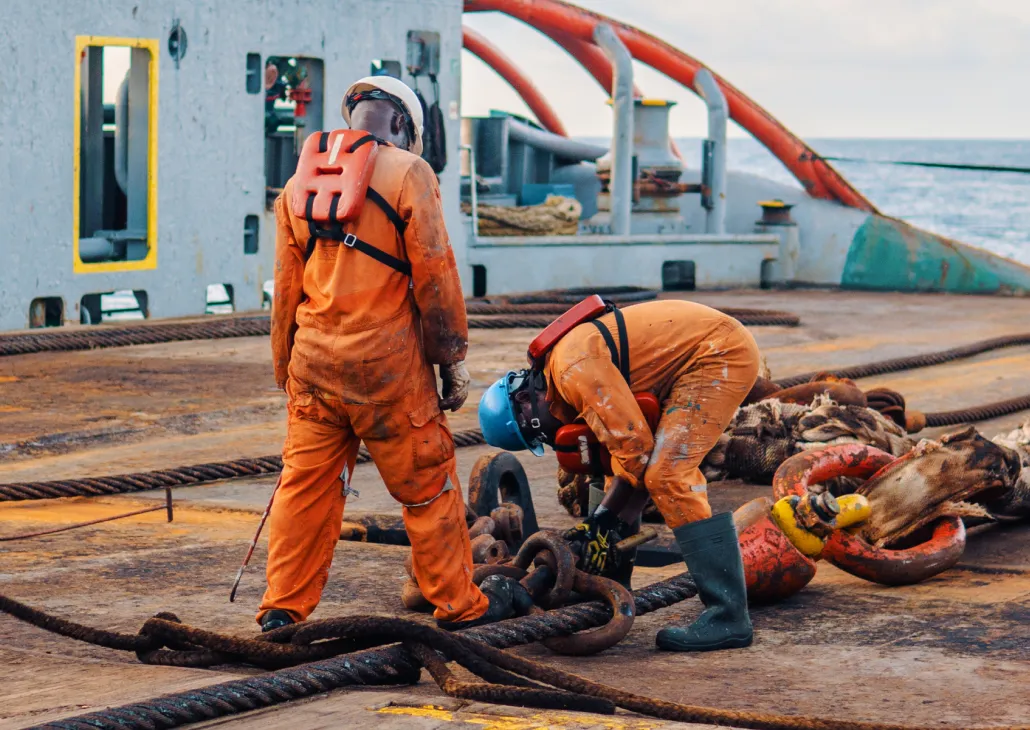
Team Trainings
Sea School provides comprehensive team training solutions designed to meet your organization's unique requirements. Our certified instructors are available for on-site training at your location, or your team can utilize our dedicated training facilities. Please contact us for further details regarding our corporate training opportunities.
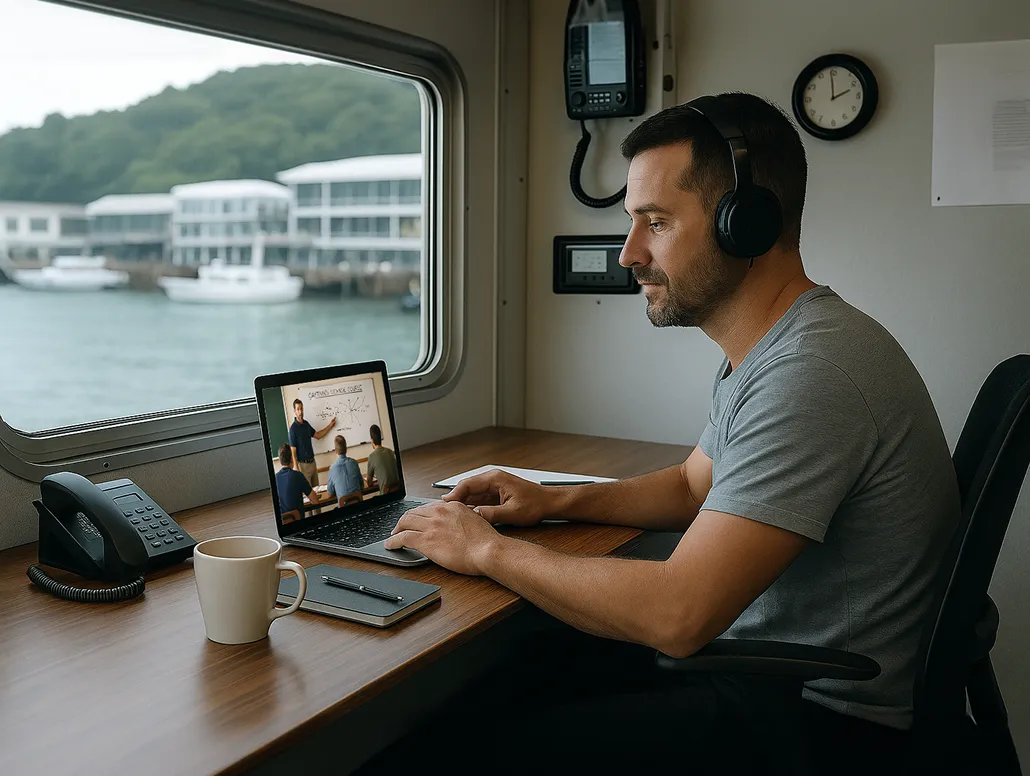
Online Trainings
Looking to obtain your next license at your own pace? Sea School offers a selection of immersive online courses designed to provide you with convenient access to our high-quality course material. Explore our online options and contact us with any questions you may have.
A Simple 3-Step Process to Get Certified and Start Your Maritime Career
Choose Your Course
Pick the course that fits your experience level and sea time and select the available format that works for you (in-person, Zoom, or online).
Enroll & Prepare
Register online or at a Sea School location. Ensure you meet eligibility requirements and start reviewing the provided study materials.
Get Certified
After finishing the course, you will need to submit your application to the Coast Guard to receive your Merchant Mariner Credential (MMC).

Advance your Maritime Career
What Our Clients Say
Course Comparison
Tank Barge-PIC Requirements: Everything You Need to Get Certified
Education & Testing Requirements
Course Completion Certificate:
- Completion of Sea School’s USCG-approved course and exam
- Alternatively, students may take the exam at a USCG Regional Exam Center (REC) (note: not all RECs provide testing; scheduling is required)
- Prep courses are strongly recommended
Cargo Course:
- Must be completed within the previous 5 years, specific to DL (dangerous liquids) or LG (liquefied gas)
Basic Firefighting Course:
Must be dated within 5 years
Eligibility Requirements
Minimum Age
- Must be 18 years old
- 17-year-olds may take the course if their 18th birthday falls within one year of course completion
Security Clearance
TWIC Card
- Required for U.S. government security clearance
Medical & Drug Testing Requirements
Medical Exam (Form CG-719K):
- A valid USCG physical is required
- Physicals available at most Sea School brick-and-mortar locations
Drug Test & Consortium Membership:
- Required for licensing
- Sea School provides access to APCA, a USCG-approved drug consortium
- Sign up at apcadrugtesting.com or call (727) 522-2727
Sea Service & Experience Requirements
General Sea Service (either of the following):
- 60 days service (shore or vessel-based) on tank vessels certified to carry DL or LG
- 180 days of closely related service directly involved with tank barges
- 60 days on Offshore Supply Vessels (OSVs) where a Tank Vessel PIC or equivalent is required on the COI
Cargo Transfers- 10 supervised cargo transfers required, including:
- 5 loadings and 5 discharges
- At least 2 commencements and 2 completions of loadings
- At least 2 commencements and 2 completions of discharges
Supervision
- Must be supervised by a Tank Vessel PIC or Tank Barge PIC
Recency Requirement:
- 25% of qualifying service must be within the last 5 years, including 2 cargo transfers within that same period
Documentation & Application Requirements
Service Letter:
- Must be signed by the owner, operator, master, or chief engineer
Service Letter Should Include:
- Name and official number of vessel(s)
- Dates of service for each vessel
- Type of cargo (DL or LG)
If transfers are required:
- Dates, number, and types of transfers (loading/discharge)
- Ports or terminals involved
- Whether the mariner commenced or completed each transfer
Application & Licensing Process
- Mariners should always consult the USCG Checklist NMC for the most accurate and up-to-date requirements and submission procedures
All the answers you’ll need before enrolling in the Tank Barge - PIC course
The Tank Barge Person In Charge (PIC) is responsible for the safe and compliant transfer of liquid cargo. Their duties include pre-transfer planning, overseeing cargo transfer operations, emergency response, and regulatory compliance.
Yes. You must hold a valid medical certificate issued by the USCG.
[1] A certificate of completion of Sea School’s approved course and exam.
- Alternatively, a student could take the exam at a USCG Regional Exam Center (REC). Not all USCG locations provide testing, so students must schedule at an REC. Prep courses like ours are strongly recommended.
[2] 18 years of age
- Students who are 17 years old may take the class, provided that their 18th birthday falls within one year of completing the course. This is a common question from parents who want to take the class with their children.
[3] Physical that satisfies the Form CG-719K
- We offer physicals at most of our brick and mortar locations
[4] Consortium membership / drug test compliance
- Sea School has its own USCG drug consortium, APCA. Interested students can sign up for a drug test/consortium membership at apcadrugtesting.com or by calling (727) 522-2727
[5] TWIC card (U.S. government security clearance)
[6] Basic Firefighting Course dated within 5 years
[7] Recency: 25% of qualifying service within 5 years of application, including 2 transfers where applicable
[8] Sea Service:
- 60 days service (shore or vessel based) on tank vessels certified to carry DL or LG as appropriate; OR
- 180 days closely related service directly involved with tank barges: OR
- 60 days service only on OSC’s in which the COI requires a Tank Vessel PIC or a licensed officer authorized to conduct or supervise transfers, AND
- Cargo Course completed within the previous 5 years, DL or LG as appropriate
- Cargo Transfers Required:
- 10 transfers of cargo (2 within five years of application), under supervision of a Tank Vessel PIC or Tank Barge PIC, INCLUDING
- 5 loadings and 5 discharges, WITH
- 2 commencements and 2 completions of loadings, AND
2 commencements and 2 completions of discharge
- 2 commencements and 2 completions of loadings, AND
- 5 loadings and 5 discharges, WITH
- A service letter signed by the owner, operator, master, or chief engineer of the vessel. The service letter must include:
- Name and official number of the vessel(s), dates of service for each vessel,
- Type of cargo, DL or LG except for Tank Vessel Engineer, and
- When transfers are required, the dates, number and kinds of transfers (loading or discharge), the ports or terminals, if applicable whether a commencement of or completion of transfer.
Training will typically cover the following topics:
- Liquid cargo handling
- Safety procedures
- Regulatory compliance (46 CFR)
- Emergency response
Additional training specific to the type of cargo being handled (e.g., oil, chemicals) may also be required.
No. Only the USCG can issue official documentation and certifications. To obtain official certifications, mariners must:
- Complete the necessary USCG application form.
- Submit both the Sea School Course Completion Certificate and USCG application form to the USCG.
The USCG then processes the application and issues the official certification.
It’s Time to Start Your Maritime Career!
Helping thousands of mariners every year, Sea School is a leader in the maritime education space. Whether you are new to the industry or looking to add onto your Merchant Mariner Credential, find the courses right for you at Sea School.
